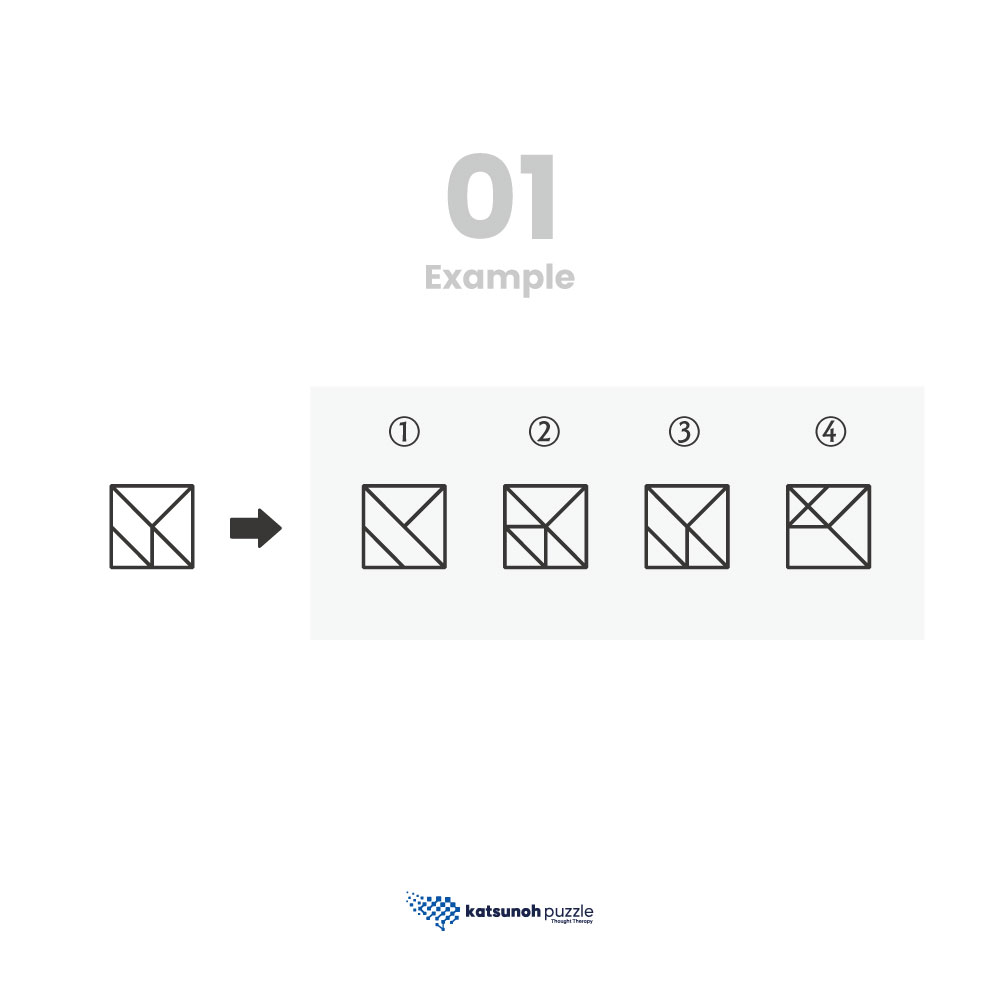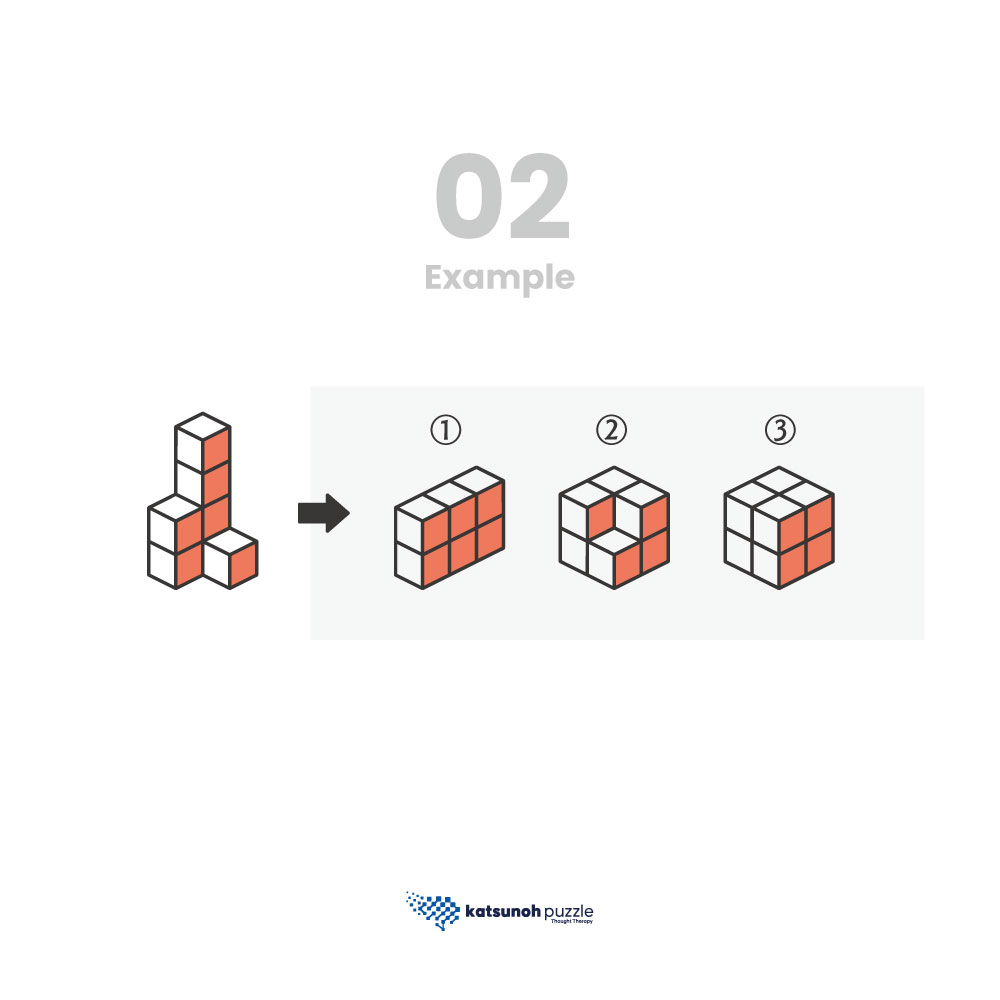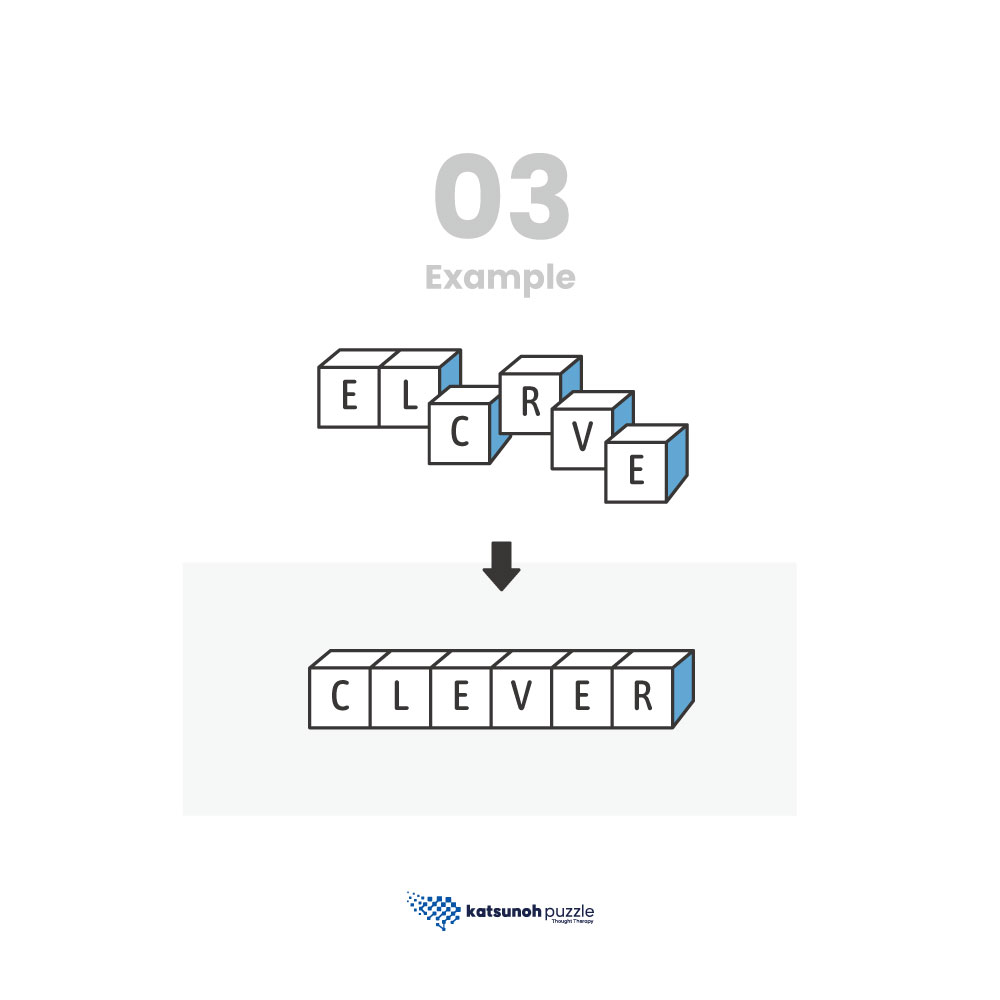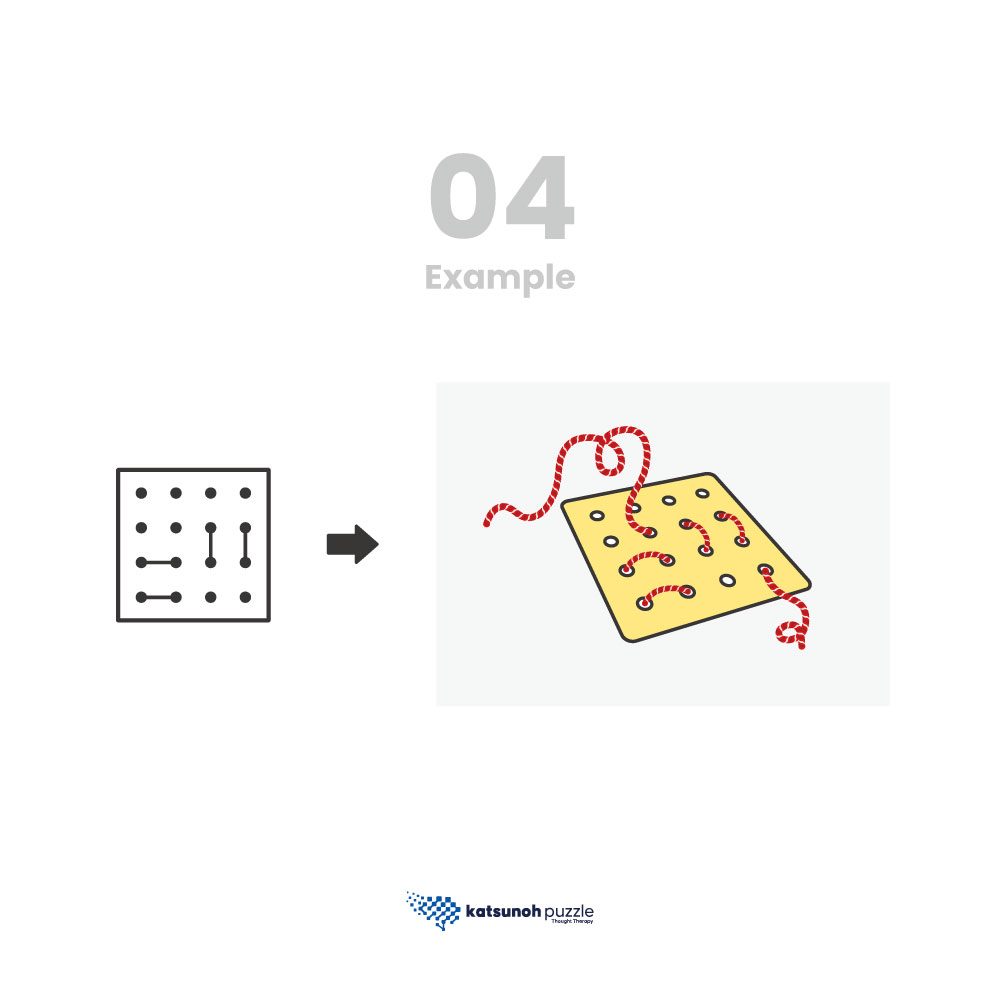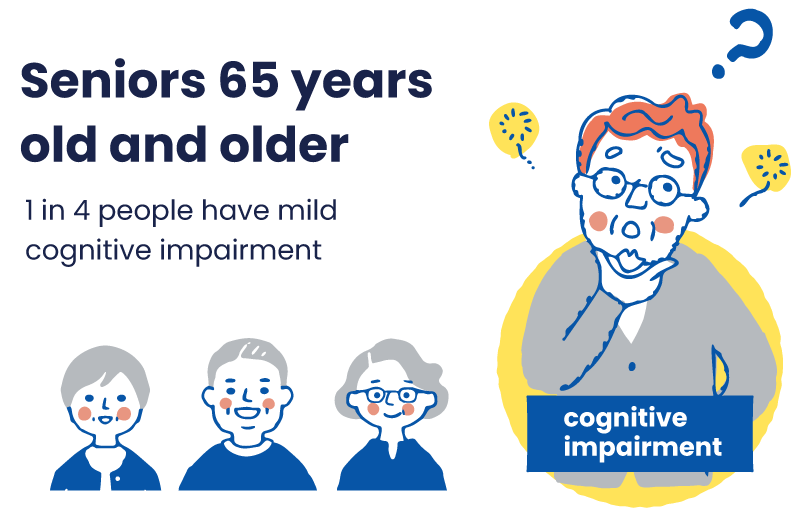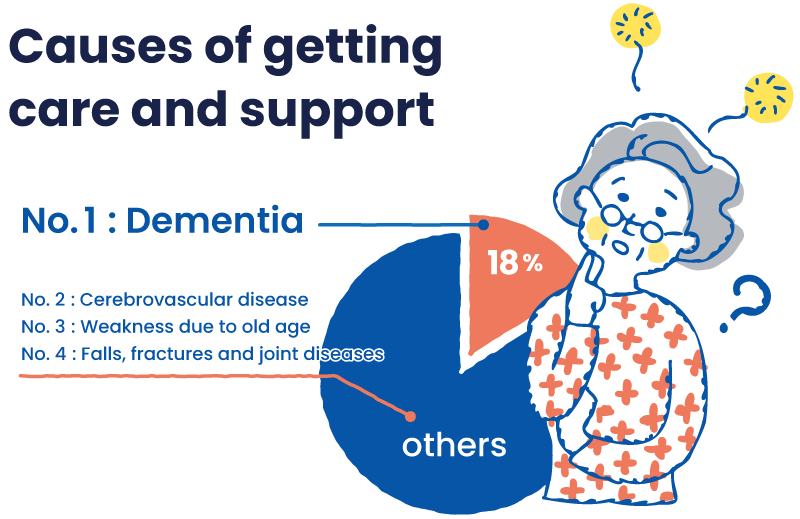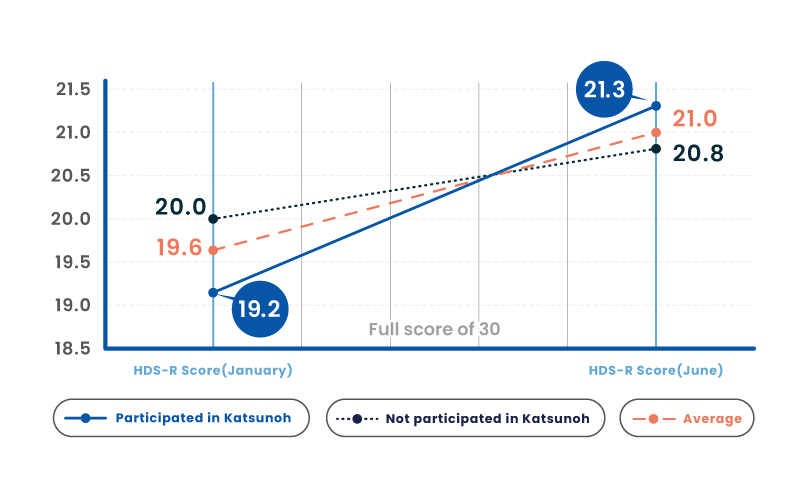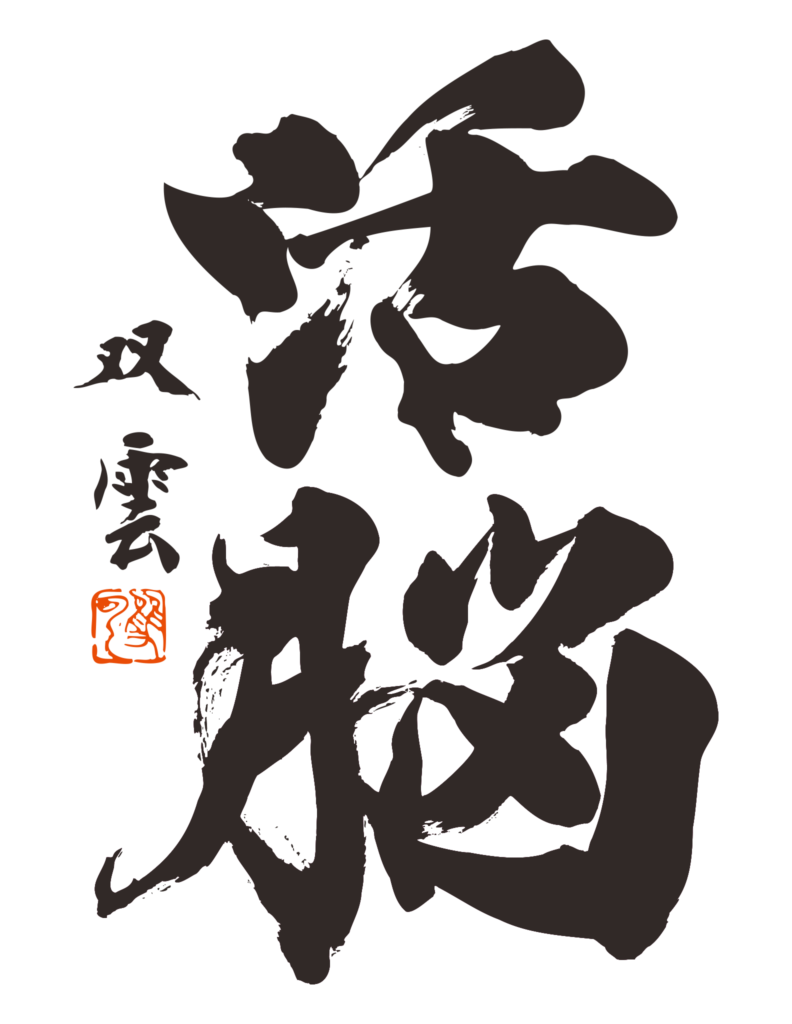
Brain gets younger and younger with the power of thinking.
Hokkaido University School of Medicine Collaborative Research
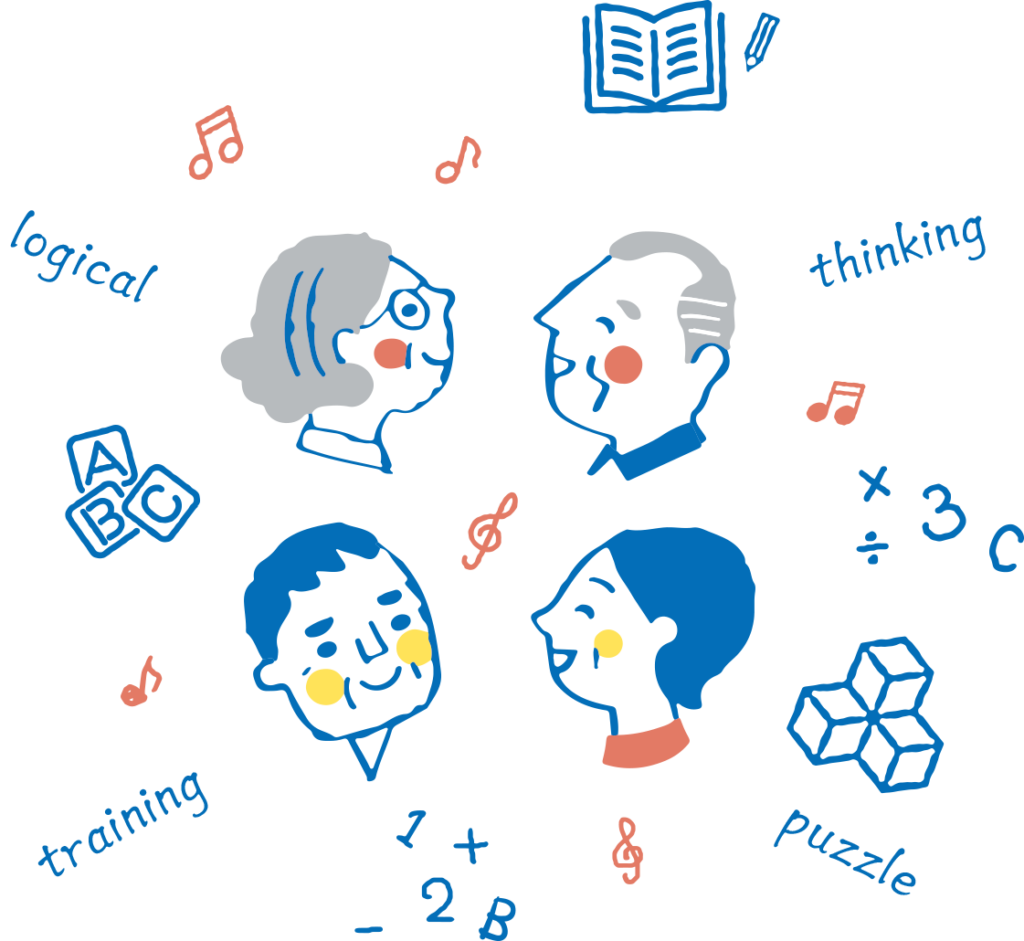
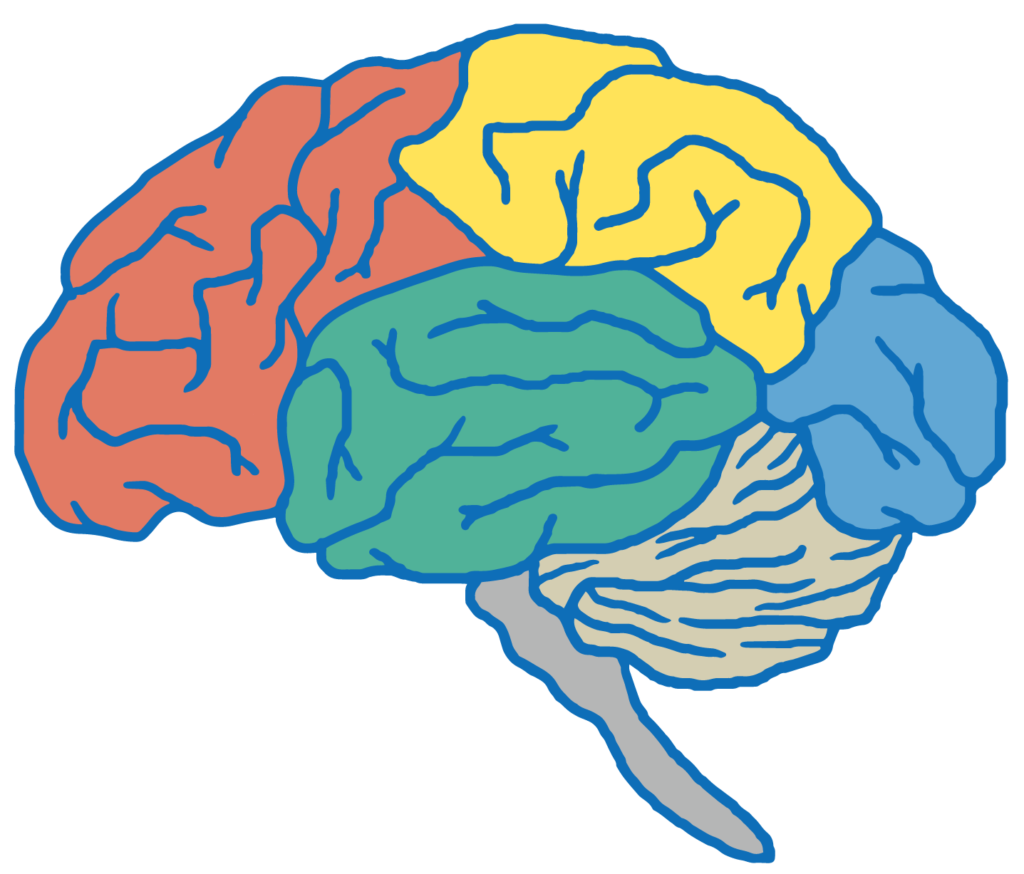

What is “Katsunoh Puzzle”?
Here is how to tackle Katsunoh Puzzles.
Advancing one step at a time, week by week.
The text consists of four sessions, which can be completed in one month by working on one session each week.
If you have more time, you may solve all four sessions in one sitting.
Aim to complete all 30 levels of text!
Let's get to know what makes up the teaching tools in Katsunoh Puzzle!

10 levels of promotion system for easy-to-see results and continuous motivation
This one-of-a-kind program is designed to activate the brain and strengthen thinking skills through the completion of 30 steps.
We recommend that you first take the Bronze 10 level for physical health as well as brain health and vitality.
Current status of dementia in Japan, for reference . . .
Live each day richly with Katsunoh Puzzles!
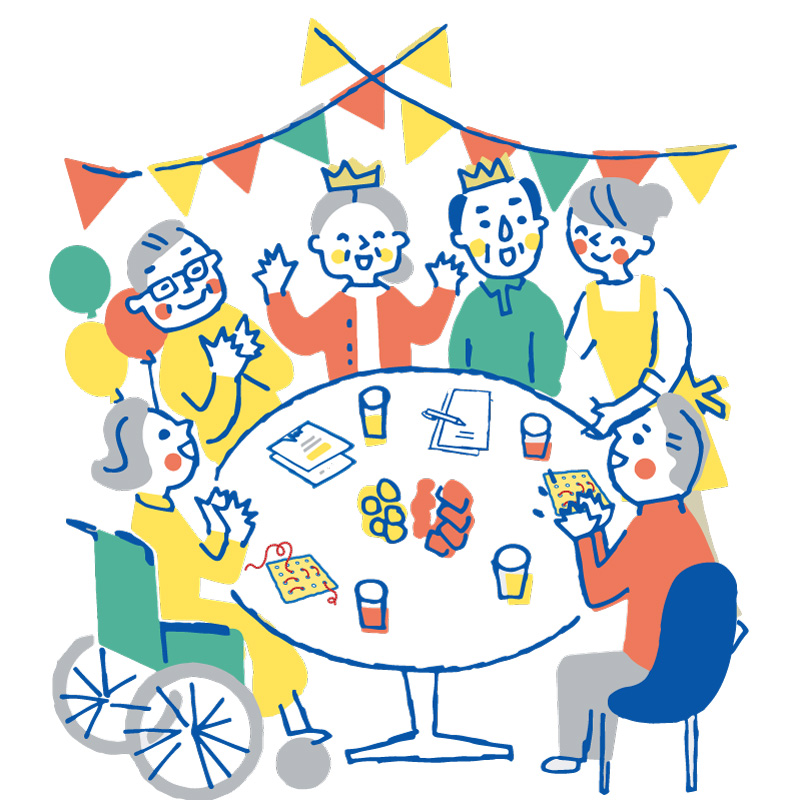
“Brain muscle training" is necessary to keep the prefrontal cortex working well.
In order to lead a fulfilling life, it is necessary to create a state in which the “prefrontal cortex” is functioning well.
The brain can be trained at any age. This requires proper training. The most important point is to train at a level that is not too easy, not too difficult, but just hard enough that you can do it and put the right amount of strain on yourself.
The more you use your brain, the more active it becomes. Simply using the brain increases its capacity.
And a quality program that can reach out to everyone’s unique abilities from a variety of angles will yield significant results. This is exactly what the “Thought Therapy Katsunoh Puzzle” program is all about.
We have a reliable support system!
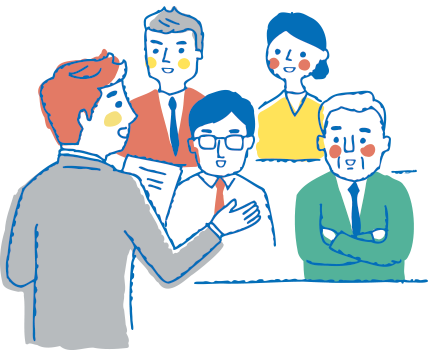

Official textbooks and manuals
We have an official induction manual that makes inductions easier, as well as text to help you learn about dementia and brain activation.
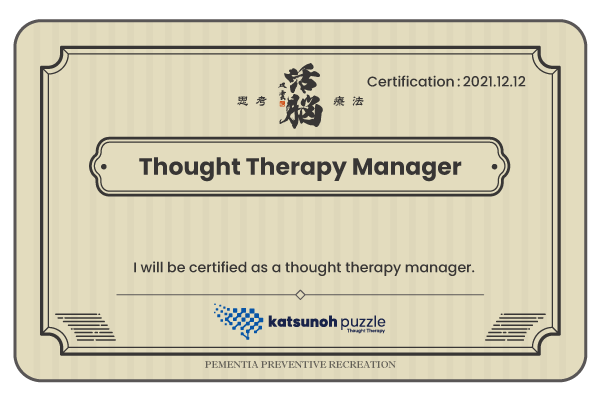
Thought Therapy Manager
We train instructors who have mastered the theory and practice of Thought Therapy and who are qualified at the level of instructors who can properly implement the method.
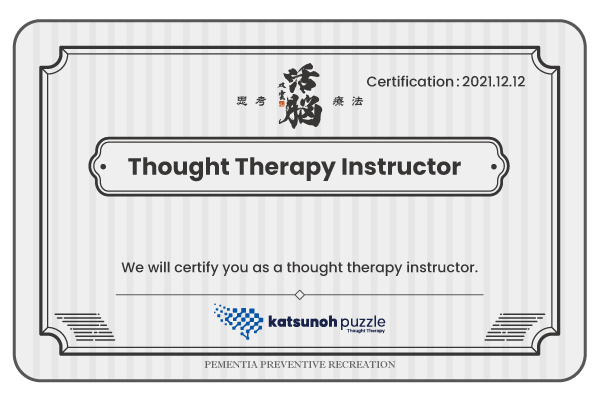
Thought Therapy Instructor
Under the guidance of a Thought Therapy Manager, we certify Thought Therapy Instructors and provide support for more effective operation of Katsunoh Puzzles.
The effects of "Katsunoh" for improving QOL related to cognitive function and health
Prevention of cognitive decline and dementia
Survey Summary
About the Survey Subjects
Residents who participated in the “Katsunoh” program at least once a month were defined as the “participating group,” while those who participated less than once a month were defined as the “non-participating group”. Of the 38 residents who cooperated in the survey (average age: 81.3 years), 18 (average age: 82.3 years) were in the participation group.
Change in simple cognitive function test scores
Improved by 2.1 points in 5 months
Change in health-related quality of life scores
Improved by 0.11 points in 5 months
Katsunoh activates brain functions and improves quality of life
The fact that the scores of the participants in the simple cognitive function test were clearly higher than those of the non-participants indicates that the brain function was activated by “Katsunoh” As cognitive function declines, verbal recall and thinking ability decline, and interaction with others tends to decrease. By performing thinking tasks, “Katsunoh” improves function in the area of language and restores the “ability to think about conversation,” which is necessary for communication. In addition, improving spatial cognition and thinking skills improves the ability to identify areas prone to falls, which is effective in preventing accidents.
Comments from participants who actually worked on "Katsunoh"

88 years old, Ms. F, nursing care level 1
Before working on Katsunoh
Even before I started working on Katsunoh, I was doing brain training in my room, memorizing the prefecture names, etc.
After working on Katsunoh
I participated in Katsunoh because I thought it would be good for me to prevent blurring of the brain. When the level of the problems gets higher, I always think “It’s too hard to go any further …” but I enjoy it because I can solve the problems after solving them repeatedly (gone from Level 10 to Level 6 in 8 months).

96 years old, Ms. O, nursing care level 1
Before working on Katsunoh
Before coming to the facility, I didn’t have any particular requests for what I wanted to do. After moving in, I thought it would be good if I could enjoy spending time with the people around me.
After working on Katsunoh
At the beginning of my participation in Katsunoh, I hated the fact that everyone else could solve the problems but I could not (I felt inferior). However, I thought it would be easy to quit, so I continued to work hard. Now I feel positive that I am “challenging difficult problems” and enjoy participating.

80 years old, Mr. N, nursing care level 2
Before working on Katsunoh
There was no special activity that I wanted to do before the Katsunoh activity. I had never done brain training before, nor was I interested in it.
After working on Katsunoh
I participated in Katsunoh without much thought, but now I look forward to it. I participate in the program aiming to answer all the questions correctly every time, and I am happy when my level improves. I especially enjoy it when I can do a problem I didn’t understand.

90 years old, Ms. M, nursing care level 4
Before working on Katsunoh
She had no smile. She had no emotional control and was very easily angered. The caregivers were always frustrated and mentally exhausted.
After working on Katsunoh
Through Katsunoh, she started talking more and smiling more. The easily-angry personalities became calmer. Both caregivers and care receivers started smiling more and became more relaxed.

70 years old, Mr. S
Before working on Katsunoh
I have never done brain training before. I just watched TV and never used my head to think.
After working on Katsunoh
I feel like my mind is working better. I can understand the problems immediately when I see them. It’s been a good experience for me.


